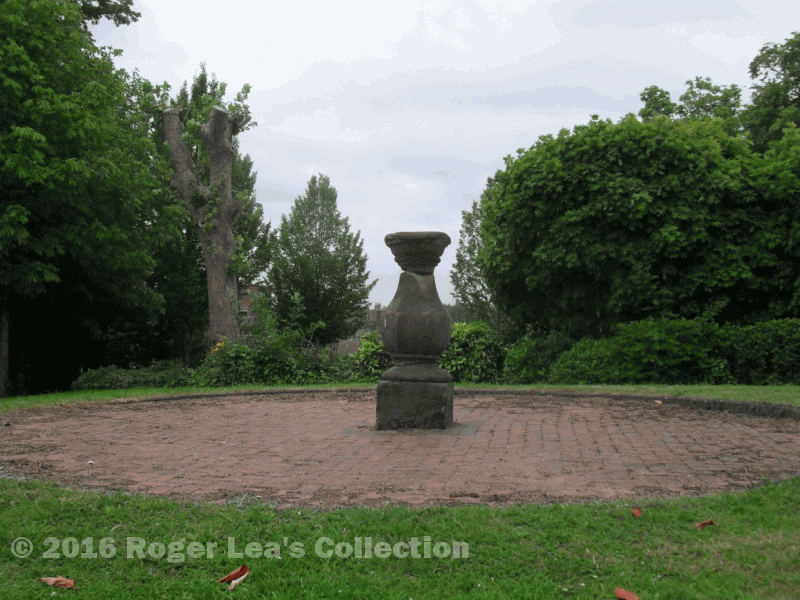Sir Wolstan Dixie, a London merchant, gave Emmanuel College, Cambridge, £600 in 1594. The College, which had been founded ten years earlier by Dixie’s friend Sir Walter Mildmay, used this money to buy property which yielded an annual income of £30, sufficient to fund two fellows and two scholars. On 16th November 1594 an estate in Sutton Coldfield was purchased, known to the College as the Dixie Estate and to Sutton as the Emmanuel College lands.
This estate previously belonged to Simon Parratt, who was still living in the principal house there (Maney house, long since demolished), and he agreed to collect the rents from the rest of the property and deliver the £30 to the college. But Simon Parratt was heavily in debt, Emmanuel College received no rent, and Simon Parratt absconded to Ireland where he died in poverty.
Simon’s widow Ann, with two young daughters, now faced the claims of his creditors as well as the college’s demand for rent. However, she had a powerful protector in her kinsman Thomas Keen (a descendant of Bishop Vesey’s niece), and soon had the support of a lawyer, as reported in a letter to the college dated 10th February 1598, “Mr. Dawney of Gray’s Inn is to marry Simon Parratt’s widow”.
Marmaduke Dawney, a 32-year old Yorkshireman, was involved in disputes and law suits over the Emmanuel College lands for the next six years, but he continued as their tenant for several more years. The college authorities received their rent, so the fellows and scholars did not starve. The Emmanuel College lands were not Dawney’s only interest in Sutton, as Ann Parratt owned property in Sutton in her own right, and this property (later known as the Somerville Estate) came to Marmaduke Dawney on his marriage.
Dawney died in 1629 and was buried at Snaith, where he was born. Ann Dawney continued to live at Sutton and enjoy the proceeds of her estate, which comprised the site of the old manor house (demolished in the 1460s) with its fields and fisheries, but no buildings; she lived in a big house in High Street. After her death in 1639 the estate came to Thomas Dawney, who continued to hold it and the High Street house until his death in 1671.
Thomas Dawney did not leave a will, but made known his desire to be buried “in the churchyard in a grave on the north side the dial post nine feet deep”. A great crowd of people had assembled to receive a generous funeral dole, and there was such a crush in the Moot Hall that the floor caved in.
